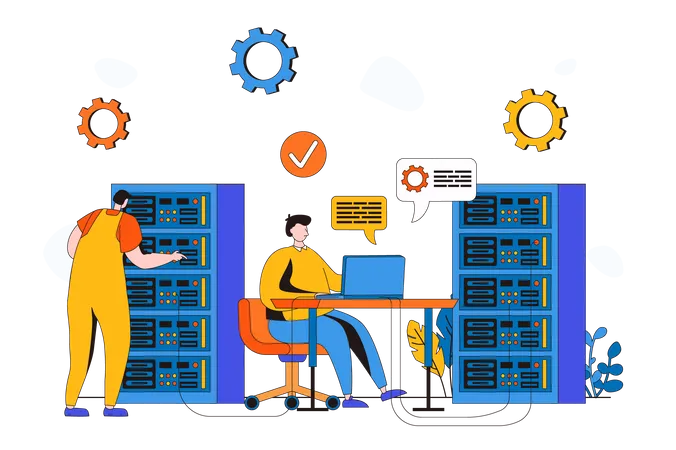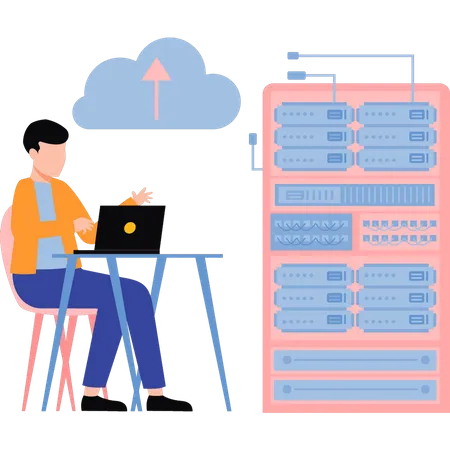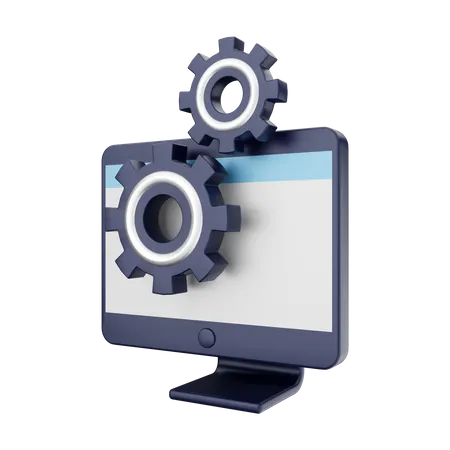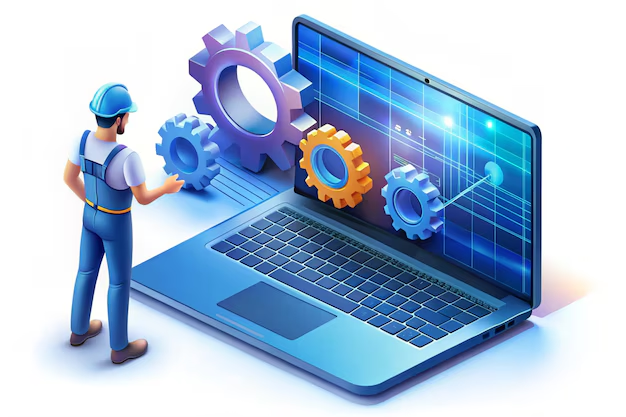Maintenance
Server, Desktop & Laptop Maintenance Service
Lattim offers comprehensive Server, Desktop, and Laptop Maintenance Services to keep your devices running smoothly.






About
Keep Your IT Systems Running Flawlessly with Lattim’s Maintenance Services!
Server, desktop, and laptop maintenance services are essential for ensuring the smooth operation and longevity of IT infrastructure in organizations and for individuals. These services involve proactive measures to prevent hardware failures, optimize performance, enhance security, and address issues promptly. Here are some common maintenance tasks for each type of device:
Our Maintenance Services
We offer comprehensive maintenance services for your servers, desktops, and laptops. Our team of experts ensures fast and reliable repairs, as well as preventive maintenance to keep your devices running at their best.
Server Maintenance
Regular check-ups and maintenance to optimize performance.
Desktop Maintenance
Complete hardware and software support for your workstation.
Laptop Maintenance
Top-class services for laptops, including part replacement and malware removal.
Data Backup
Secure off-site backup solutions to safeguard your data.
Server Maintenance
- Performance Monitoring: Regularly track server health and performance metrics.
- Software Updates: Install patches and updates to ensure security and functionality.
- Data Backup: Schedule backups to prevent data loss in case of failure.
- Hardware Checks: Inspect and maintain server hardware components.
- Log Review: Analyze server logs to identify and address potential issues.
- Security Enhancements: Update firewalls, antivirus, and access controls.
- Test and Optimize: Run tests to improve performance and ensure smooth operation













Desktop Maintenance
- Hardware Inspection: Check components like RAM, CPU, and storage for issues.
- Software Updates: Keep the operating system and applications up to date.
- Disk Cleanup: Remove unnecessary files to free up space and improve speed.
- Antivirus Scans: Run regular scans to detect and remove malware.
- Peripheral Check: Ensure devices like keyboards, mice, and monitors are functioning well.
- Cooling System Maintenance: Clean fans and vents to prevent overheating.
- System Optimization: Adjust settings for optimal performance and responsiveness.
Laptop Maintenance
- Battery Health Check: Monitor battery performance and ensure efficient charging.
- Software Updates: Regularly update the operating system and applications for security and functionality.
- Disk Cleanup: Delete unnecessary files and clear browser cache to improve storage and speed.
- Virus and Malware Scans: Run security scans to protect against potential threats.
- Keyboard and Screen Cleaning: Regularly clean to maintain device appearance and functionality.
- Vent and Fan Cleaning: Prevent overheating by clearing dust and debris from cooling systems.
- Data Backup: Regularly back up important files to avoid data loss.





Need any help with the projects?


Subscribe email to get news & updates
Am fined rejoiced drawings so he elegance. Set lose dear upon had two its what seen held she sir how know.

